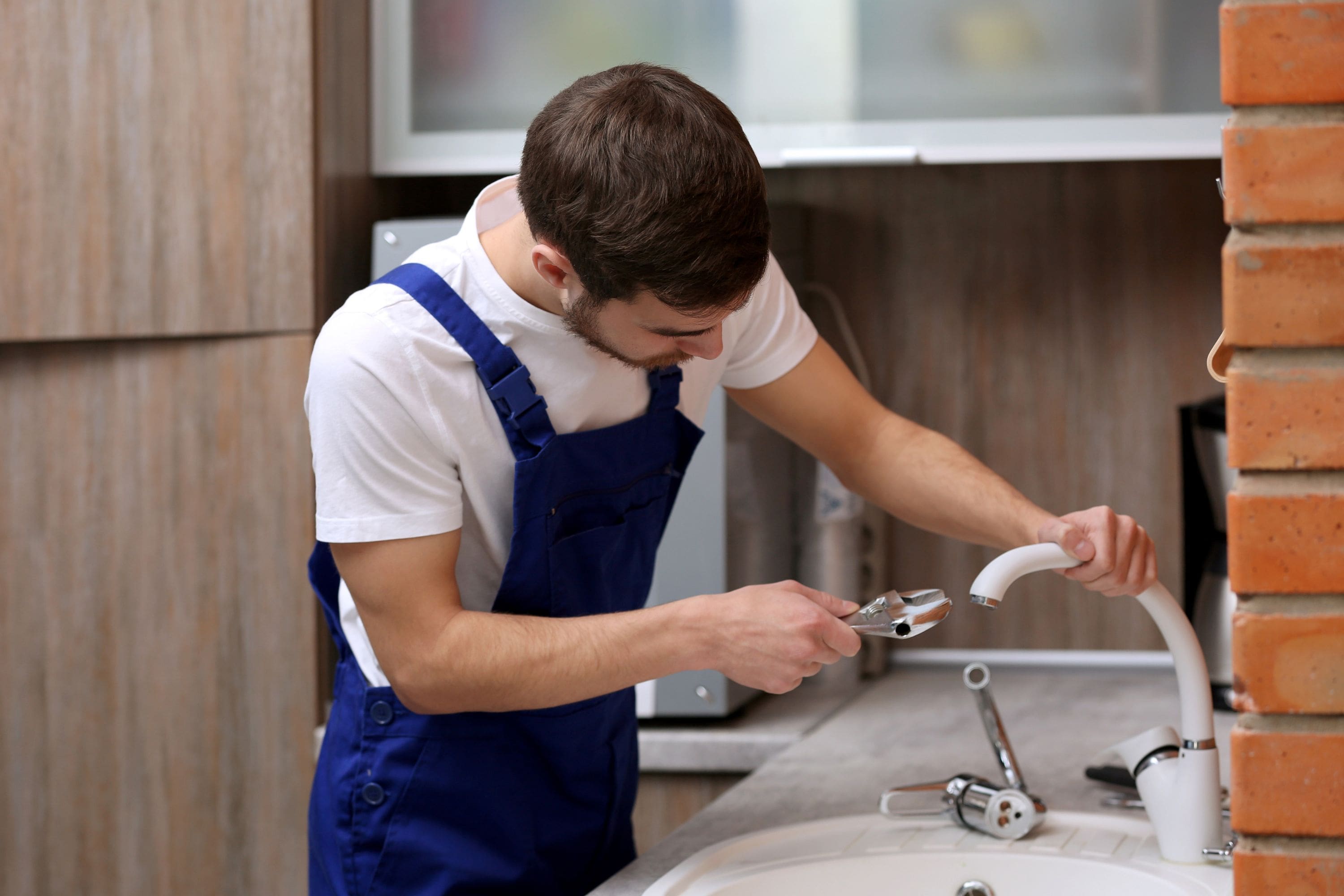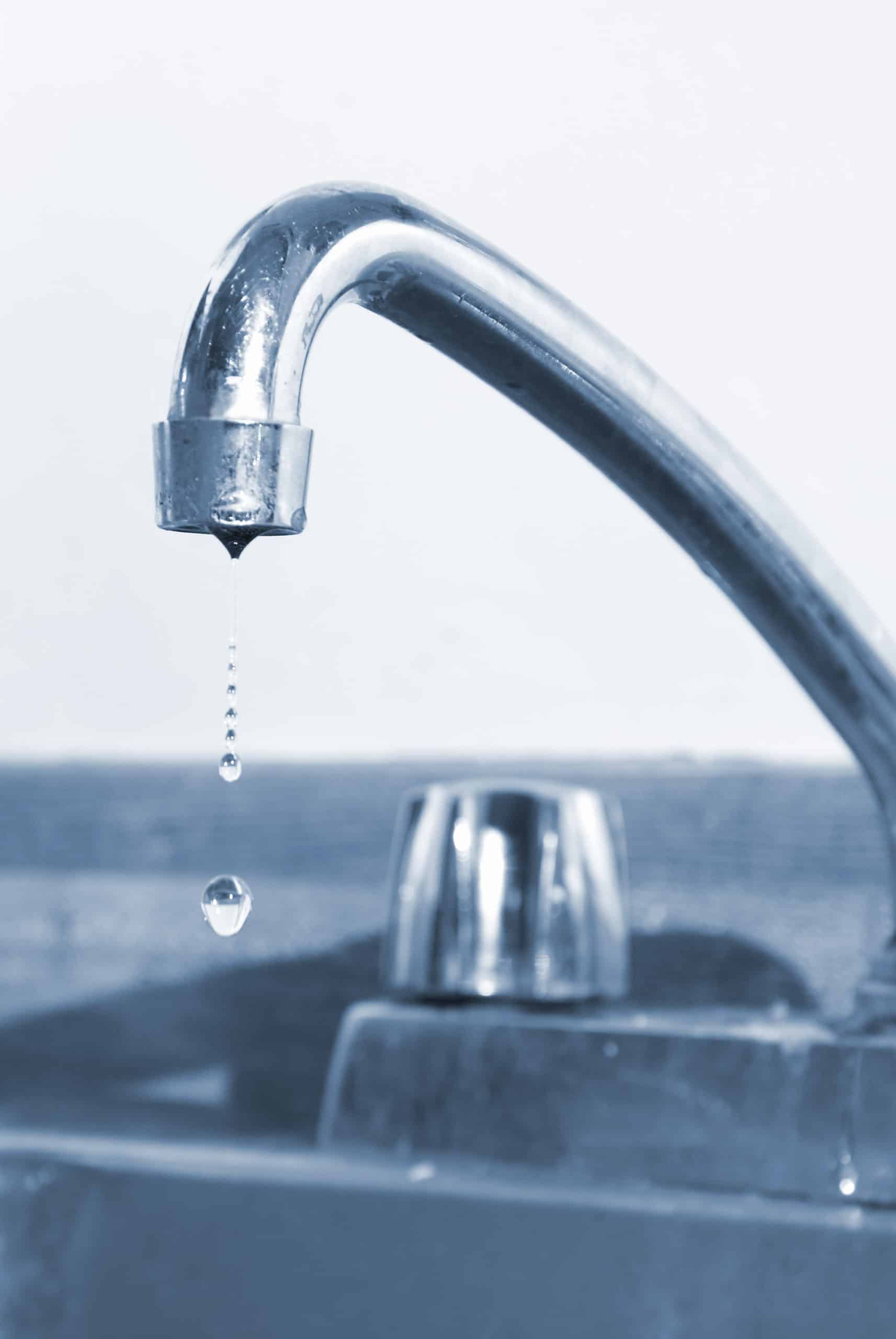On this page on the next paragraphs you can get additional brilliant insight all about Why Are My Faucets Dripping (And Can I Fix It Myself)?.

Trickling faucets might feel like a minor hassle, however their effect goes beyond just the inconvenience of the noise. From wasting water to incurring unnecessary economic prices and health and wellness dangers, disregarding a leaking faucet can cause numerous repercussions. In this post, we'll delve into why it's critical to resolve this common home problem promptly and efficiently.
Wastefulness of Water
Environmental Effect
Trickling taps add significantly to water wastage. According to the Environmental Protection Agency (EPA), a solitary tap trickling at one drip per secondly can waste more than 3,000 gallons of water per year. This not only stress water resources however also influences environments and wildlife dependent on them.
Financial Prices
Increased Water Expenses
Beyond the ecological influence, leaking faucets can blow up water costs significantly. The built up wastefulness over time converts right into higher utility expenses, which might have been stayed clear of with prompt repairs.
Prospective Building Damages
In addition, prolonged dripping can bring about harm to fixtures and surfaces surrounding the tap. Water accumulation can cause discoloration, deterioration, and also architectural issues if left neglected, leading to additional repair prices.
Health and wellness Issues
Mold And Mildew and Mildew Growth
The continuous presence of dampness from a trickling faucet develops an excellent atmosphere for mold and mildew and mildew development. These fungi not just endanger indoor air high quality yet additionally position wellness threats, especially for people with respiratory problems or allergies.
Waterborne Illness
Stationary water in trickling taps can end up being a breeding place for bacteria and various other virus, increasing the threat of waterborne conditions. Contaminants such as Legionella germs flourish in stagnant water, potentially causing significant diseases when consumed or inhaled.
Do it yourself vs. Expert Repair service
Pros and Cons of Do It Yourself Repair Service
While some may attempt to take care of a leaking tap themselves, do it yourself fixings come with their very own collection of obstacles. Without proper knowledge and devices, DIY efforts can aggravate the issue or result in insufficient repairs, prolonging the issue.
Benefits of Working With a Specialist Plumber
Working with a professional plumber makes certain that the underlying cause of the leaking faucet is attended to properly. Plumbings have the expertise and tools to identify and fix tap issues efficiently, saving time and lessening the threat of more damage.
Step-by-Step Guide to Repairing a Dripping Faucet
Tools Required
Before attempting to take care of a trickling tap, gather the needed devices, consisting of a flexible wrench, screwdrivers, substitute components (such as washers or cartridges), and plumber's tape.
Typical Faucet Issues and Their Solutions
Determine the kind of tap and the certain concern creating the drip. Usual troubles consist of damaged washing machines, corroded valve seats, or defective O-rings. Describe supplier instructions or online tutorials for step-by-step guidance on repair work.
Preventive Measures
Routine Maintenance Tips
To prevent dripping taps, execute regular upkeep such as cleansing aerators, evaluating for leakages, and replacing worn-out parts immediately. Furthermore, consider setting up water-saving devices or upgrading to much more effective fixtures.
Value of Prompt Fixes
Addressing trickling taps as soon as they're discovered stops more water waste and possible damage, eventually saving both water and cash in the future.
Influence On Property Value
Assumption of Well-Maintained Residential Property
Maintaining a residential or commercial property in good condition, including dealing with maintenance problems like trickling faucets, enhances its regarded value and value among potential purchasers or tenants.
Impact on Resale Value
Residences with well-maintained plumbing components, including faucets, command higher resale values in the realty market. Attending to dripping faucets can contribute to a positive impression throughout residential or commercial property evaluations and negotiations.
Ecological Duty
Specific Contribution to Conservation
Taking responsibility for dealing with leaking faucets aligns with more comprehensive initiatives toward water conservation and environmental sustainability. Every person's actions collectively make a considerable impact on protecting valuable resources.
Lasting Living Practices
By focusing on timely fixings and adopting water-saving behaviors, people contribute to sustainable living methods that benefit both present and future generations.
Verdict
Addressing a dripping faucet surpasses mere convenience; it's an important step towards saving water, decreasing economic prices, and protecting health and building. Whether through DIY fixings or expert assistance, acting to take care of dripping faucets is a tiny yet impactful way to advertise responsible stewardship of sources and contribute to a healthier, a lot more lasting future.
How to Fix a Dripping or Leaky Faucet
A leaking faucet is one of the most common problems that homeowners encounter, but it being commonplace doesn’t make it any less annoying. The constant drip drip drip of a leaking bathtub faucet, showerhead, or sink tap can disturb your home’s serenity. Left neglected, a dripping faucet can also result in higher water bills and discoloration or mold growth in your sink or plumbing fixtures.
Fortunately, you don’t have to be a trained plumber to know how to stop a dripping faucet. With some basic tools, replacement parts, and a little patience, leaky faucet repair is a breeze. In this article, we’ll explain what causes dripping faucets and how you can fix them.
What Causes a Leaking Faucet?
Kitchen and bathroom faucets come in all manner of designs, but most involve some combination of valves, O-rings, seals, and washers. The O-ring is usually the weakest link, but any one of these pieces can wear down over time. Heat, moisture, temperature fluctuations, minerals, mold, and movement can contribute to warping and corrosion, breaking the watertight seal. This just comes with the territory of being a homeowner. Everything is always subject to wear and tear, and some component parts of your appliances and fixtures need to be replaced on occasion. At least replacement O-rings are cheap!
More rarely, dripping faucets can be a symptom of excessively high water pressure. Were this the case in your home, you would probably notice that the leak is not isolated to one faucet. Water pressure issues are harder to resolve on your own. We recommend contacting a professional plumber if you suspect your water pressure is too high.
How to Fix a Dripping Faucet
- Pipe wrench or monkey wrench
- Allen wrench set
- Screwdrivers
- Old towel or rag
Shut off the water.
Before you do anything, you need to turn off the water to keep from drenching your kitchen or bathroom. You should find a valve under the sink and against the wall. Once you’ve turned this valve, try turning the faucet on to confirm that the water source has been cut off.
If you can’t locate your local valve for the faucet you’re working on, you can always shut off the water to the house at the main valve. Of course, this will prohibit anyone from using the sinks, showers, or toilets while you’re working on the faucet that’s giving you trouble.
Plug or block the drain.
You’ll be disassembling the faucet and removing some small bits of hardware. Plug the drain with a stopper or rag to avoid the possibility of a small screw falling into your P-trap.
Take apart the faucet assembly.
There are several varieties of kitchen and bathroom faucets, each with its own manner of assembly. For detailed instructions on how to disassemble your faucet, you can refer to the fixture’s manual or contact the manufacturer. If you know whether you have a ball, disc, cartridge, or compression faucet, you can find detailed schematics online.
In general, you need to begin by removing the faucet handles. You might notice a small screw that you’ll need to remove with a screwdriver or Allen wrench. If you don’t see any visible securing hardware, it’s likely hidden under a decorative cap that can be unscrewed or popped off with flathead screwdriver.
Remove each piece methodically, consulting a schematic when necessary. Take notes or arrange the pieces in such a way to make it easier to correctly reassemble the faucet later.
Remove the cartridge.
Once you’ve removed the handles and securing hardware, you should be able to remove the valve cartridge or stem. Some cartridges will slide right out. Other faucet models will require you to loosen a nut with a pipe wrench before you can remove the valve stem.
Examine the exposed hardware.
With the cartridge or stem removed, inspect the component parts. Check the rubber O-rings for wear and tear. Also examine the seat washer for corrosion or other damage. These pieces are usually the responsible parties for a dripping faucet, but it’s worth inspecting the other component parts while you have the faucet disassembled.
Find replacement parts.
Once you’ve identified which faucet component has failed, find an identical replacement. Your local hardware store should have O-rings, seat washers, and other standard components in stock. If you have a luxury or uncommon faucet, you may have to contact the manufacturer for a replacement part.
It’s a good idea to take your old parts with you to the hardware store so you can compare them with the store’s inventory and be sure you’re purchasing the correct replacement.
Reassemble the faucet.
With your new parts in hand, reconstruct the faucet and handles. Don’t be tempted to overtighten screws or nuts. You might think this could create a better seal, but it can instead damage or bend a delicate part of the assembly and create a new problem for you.
Turn on the water and test the faucet.
The only thing left to do is test your work. Unplug the sink, turn the water back on, and try the faucet. Congratulate yourself on a job well done!
https://www.libertyhomeguard.com/how-to-fix-a-dripping-or-leaky-faucet/

As an enthusiastic reader on , I assumed sharing that piece of writing was important. Enjoyed our write up? Please quickly share it. Let somebody else find it. Thanks a lot for going through it.
Comments on “Why It's Important to Resolve a Malfunctioning Faucet”